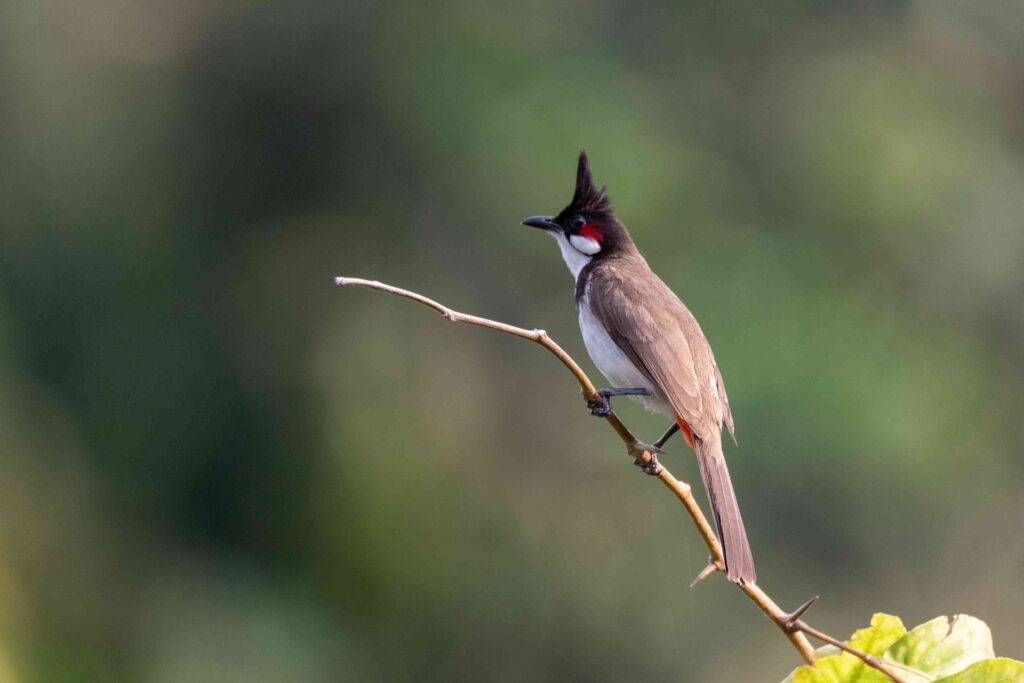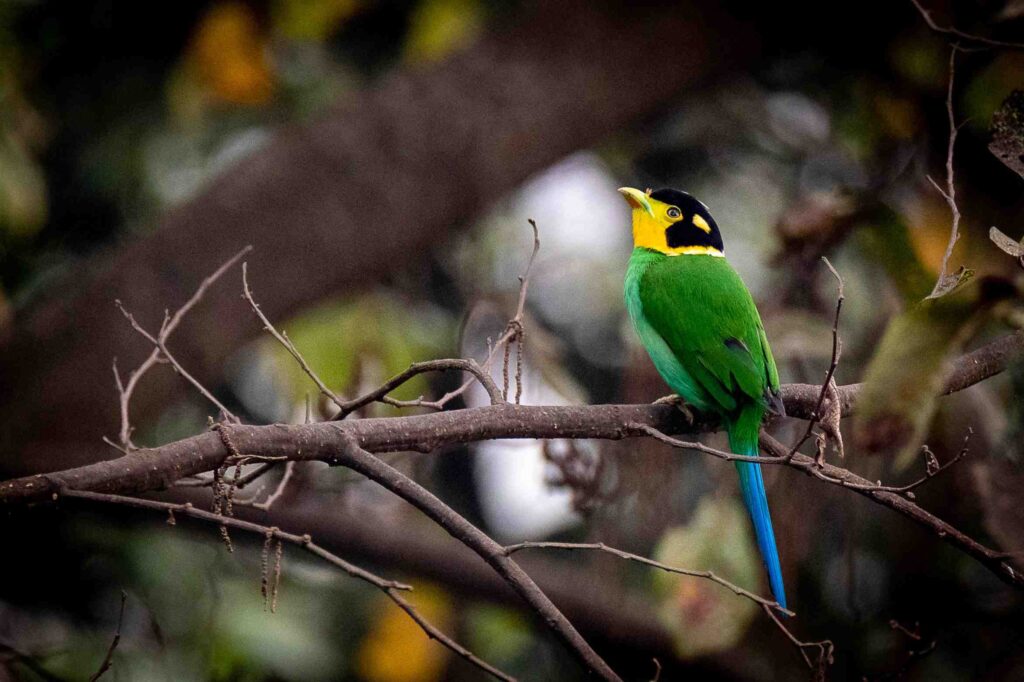Birds are a diverse and fascinating group of animals with a wide range of characteristics and behaviors. From their feathers to their beaks, from their remarkable flight to their complex communication, birds continue to amaze us with their adaptability and beauty. Whether you’re a dedicated birdwatcher or just curious about the avian world, there’s always something new to discover about these remarkable creatures

Feathers
- What are feathers made of?
- Feathers are primarily made of a protein called keratin, which is also found in human hair and nails. They provide insulation, aid in flight, and play a crucial role in bird communication and camouflage.
Beaks (Bills)
- Why do birds have beaks instead of teeth?
- Beaks are lightweight and more efficient for catching and manipulating food. Unlike teeth, they don’t add extra weight for flying.
Hollow Bones
- How do hollow bones benefit birds?
- Hollow bones reduce a bird’s overall weight, making flying more accessible. They also provide a network of air sacs for efficient oxygen exchange during respiration.
Endothermy (Warm-Blooded)
- What does it mean for birds to be warm-blooded?
- Birds can maintain a constant body temperature independent of their environment. This allows them to be active in a wide range of climates.
Oviparous Reproduction
- Do all birds lay eggs?
- Yes, all birds are oviparous, meaning they lay eggs. The size, shape, and color of bird eggs vary among species.
Lightweight Skeleton
- Why do birds have lightweight skeletons?
- A lightweight skeleton reduces the overall weight of the bird, which is essential for flying. Many of a bird’s bones are fused or pneumatized (hollow).
Exceptional Vision
- Are birds’ eyesight better than humans?
- Birds often have excellent eyesight, sometimes better than humans. Raptors, for example, have a keen vision for hunting.
Complex Behaviors
- What are some exciting bird behaviors?
- Birds exhibit various behaviors, from complex courtship rituals and migratory journeys to intricate nest-building and cooperative feeding in flocks.
Communication
- How do birds communicate?
- Birds communicate through various vocalizations, including songs and calls. Some birds, like parrots, can even mimic human speech.
Flight
- What enables birds to fly?
- Flight is made possible by powerful breast muscles that allow birds to flap their wings and generate lift. Their wings’ and lightweight bodies’ shape also contribute to flight capabilities.
FAQs about Birds:
Are penguins birds?
Yes, penguins are indeed birds. They are highly adapted for aquatic life and have lost the ability to fly but still retain many bird characteristics.
How do birds navigate during migration?
Birds use various cues for navigation, including the Earth’s magnetic field, stars, the position of the sun, and even their own sense of smell.
Can birds see color?
Yes, many birds can see a wide range of colors, including ultraviolet light, which is invisible to humans. This ability is important for finding food and selecting mates.
How do birds sleep while perched?
Birds have specialized tendons and locking mechanisms in their legs that allow them to perch without falling while they sleep.
Do all birds build nests?
While most birds build nests for breeding, some species, like swans and penguins, do not build nests. They may use other strategies for protecting their eggs.



